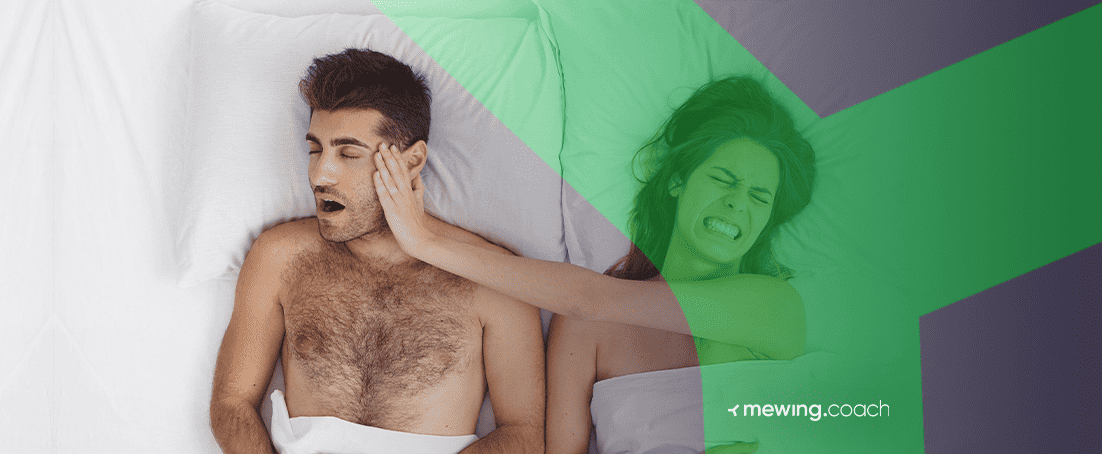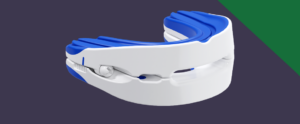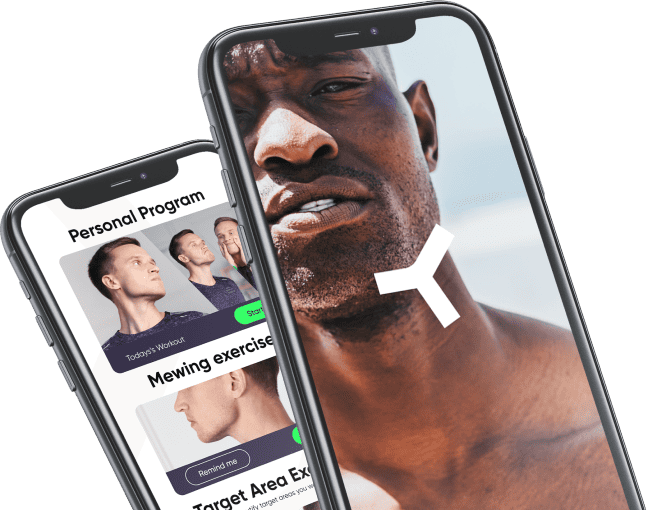
In the midst of a busy day, a short nap makes you feel energized again to carry on with the day. While napping rejuvenates you, it’s crucial to consider how long a nap lasts to ensure your sleep schedule isn’t messed up.
With most of us being habitual of modern life’s hectic routine, sleep issues are prevalent nowadays. A survey by the Sleep Foundation reveals that 43.6% of adults wish they could nap more often. However, only 8.9% of those who take naps do it regularly.
Let’s dive deeper into the importance and impact of a well-timed nap. We will also discuss in detail about the different types of naps, reveal how long a nap should be and tips to make the most out of your nap.
Key Takeaways
- The ideal nap for adults lasts 20-30 minutes to enhance alertness without causing sleep inertia.
- For sleep-deprived individuals, longer naps of up to 90 minutes allow a complete sleep cycle, aiding in recovery.
- Napping before 3 p.m. prevents nighttime sleep disruption, maintaining healthy sleep patterns.
- Proper environment and a consistent nap schedule enhance nap benefits, improving overall well-being.
- VitalSleep mouthpiece can help those with snoring or sleep apnea, ensuring a restful, uninterrupted nap.
Why We Nap: The Science of Daytime Zzz’s
A good night’s sleep sets you up for the day, especially a productive phase of morning till afternoon. But the day doesn’t end here, and there might be much more to do till night, depending on individual routines. Here’s where a nap comes in handy. When dealing with daytime drowsiness, a well-timed nap refreshes you and keeps you going.
Naps are also amazingly worthwhile if you are sleep-deprived for any reason. Taking a midday nap helps compensate for lost rest and keeps you on track. Having said that, the duration of the nap and when you take it are determining factors for the effectiveness of the nap.
Proven Health Benefits of Napping
There are several health benefits linked to napping, integral to overall wellness. You can maximize them by adhering to the recommended nap length and timing.
- Nap Enhances Alertness. According to another scientific report, a 30-minute nap improves alertness.
- Napping Improves Work Performance. Napping promotes cognitive enhancements, also paving the way for logical reasoning, the ability to handle complex tasks, and better physical performance.
- Tackling Sleep Deprivation with Naps. With naps, the effects of sleep deprivation are minimized.
- A Nap can Improve Your Mood. Serotonin, the happy hormone, is stimulated by napping, promoting a positive mood.
- Napping Boosts Memory. Napping is proven to be good for memory retention, aiding in better learning.
- Naps Improve Cardiovascular Health. Several studies link napping with a lowered risk of cardiovascular issues.
Mouthpiece of Choice for Better Naps

A high quality, relaxing nap is impossible if you are facing disturbances such as snoring and sleep apnea. Mouthpieces are valuable tools that ensure uninterrupted naps by gently positioning the jaw forward or preventing the tongue from blocking the airway. As a result, sleep apnea and snoring issues are tackled and you can take a wholesome nap without discomfort.
Our VitalSleep mouthpiece review confirms that this adjustable mandibular advancement device (MAD) offers a custom-fit solution that stands up to the rigors of a restless night. It’s a top pick for those seeking relief from snoring and other sleep-related disturbances. VitalSleep’s design prioritizes both comfort and functionality, ensuring that users experience uninterrupted sleep without the bulkiness often associated with such mouthpieces. With its use of medical-grade materials and an emphasis on safety, as it’s free from BPA and latex, VitalSleep offers a secure and hypoallergenic option for improving sleep quality. Moreover, the brand’s reputation is reinforced by a strong warranty policy, highlighting their commitment to customer satisfaction and product excellence.
The Perfect Nap Equation: How Long Should You Nap?
Determining how long should a nap be revolves around an important factor, that is, to avoid going into the deeper stages of sleep. The optimal nap length would make sure you stay in the lighter sleep stages.
For most adults, a nap duration ranging from 20 to 30 minutes is ideal. This nap length is ideal to allow an adequate period of light sleep, making you feel fresh when you wake up. If you nap longer than that, chances are you will venture into a deep sleep and wake up feeling groggy, basically defeating the purpose of the naps.
There is an exception in the case where a person is sleep-deprived. If you are running on too little sleep, taking long naps of up to 90 minutes can benefit you. The longer duration of naps allows the body to go through all four stages of the sleep cycle without interrupting the deep sleep stage. Long naps are particularly helpful for shift workers who need to combat the fatigue caused by regular sleepless nights.
Being mindful of the timing of your naps is also very important. The ideal time to take a nap is before 3 p.m. Napping later than that might interfere with nighttime sleep and even cause insomnia in the longer run. While naps are beneficial, you cannot over-rely on them and ignore consistent nighttime sleep. This impacts a person’s overall wellness and sleep quality and disrupts their sleep patterns.
Breakdown of Nap Types
Naps can be of many different types, with each catering to specific needs and providing different benefits:
- Power Nap (10-20 minutes): Power naps are perfect for busy individuals needing a quick rejuvenation during a hectic routine. It quickly recharges the brain and boosts memory retention.
- Snooze Session (20-30 minutes): With this type of nap, you reach the light sleep stage of the sleep cycle after one to six-minute stage 1 and wake up before slipping into stage 3 of deep sleep. This duration is enough to give you an energy boost. You wake up without any grogginess or sleep inertia after a snooze session.
- Recovery Nap (several hours): This one is for sleep-deprived parents or athletes who need to catch up on the lost nighttime sleep.
- Prophylactic Nap (several hours): A prophylactic nap is also a substitute for inadequate nighttime sleep. The nap benefits for shift workers as they cannot catch up on the missed night time sleep with short naps.
- FULFILMENT NAP (UP TO 90 MINUTES): The nap is intended to take you through a full sleep cycle from the first stage to the REM stage. The long nap duration provides cognitive and physical benefits. As the deep sleep stage and the REM stage are over, you wake up feeling refreshed (Note that the deep sleep stage is longer in some individuals and might result in grogginess as they wake up after the 90-minute nap).

Customizing Your Nap
According to a survey conducted by The Sleep Foundation, the majority of US adults nap for about an hour on average. The ideal length of the nap is different for various age groups. How much time a person takes for naps should be dependent on the lifestyle and health condition of an individual.
How Long Should a Nap Be for Adults
To determine how long should a nap be for an adult, we should consider the individual’s lifestyle and rest requirements. Busy adults can make a habit of taking a 15-20 minute long power nap. It will quickly recharge the brain and make one feel energized.
If your routine isn’t very hectic, you can go for a 20-30-minute nap schedule before 3 p.m. to maintain your productivity and energy levels in the afternoon.
Parents with irregular sleep schedules or shift workers can consider recovery or prophylactic naps of several hours to make up for lost rest. A prolonged nap of up to 90 minutes can also provide deep rest to recharge your body. This is also known as an extended nap, which should be taken in case of sleep deprivation at night.
Nap Schedule for Teenagers
School going teenagers can reap the benefits of napping to regain energy for evening and afternoon activities. If the intention is to boost alertness during study breaks, 15-20 min short naps are highly recommended. Otherwise, 30-minute length naps are suitable for youngsters without feeling overly drowsy for the rest of the day.
Sometimes, when teenagers go through a physically taxing day, or they haven’t slept well last night, long recovery naps of up to 90 minutes might be necessary to make up for the missed slumber.
Nap Length for Seniors
Elderly people should accommodate a short power nap (15-20 minutes) in their routine to reduce daytime drowsiness. A midday nap of up to 30 minutes might also help maintain their energy levels without risking a sleep disruption at night. Seniors should avoid long naps as venturing into a deep sleep results in a disturbed night time sleep or sleep inertia.
The Downside: When Napping Goes Wrong
Napping has its benefits when done right. However, a nap can negatively impact a person’s health and lifestyle if taken to extremes. Here are some downsides to improper napping:
Sleep Inertia:
When you nap longer than needed, it leads to a phenomenon known as sleep inertia, where you feel confused after waking up. The sluggish brain activity is caused when you wake up during the deep sleep stage, and it’s harder to stimulate yourself after you rise from the nap.
Insomnia:
Excessive napping during the day impacts nighttime sleep, creating an upsetting cycle. You find it difficult to fall asleep at night, due to which you feel drowsy during the day and nap again. This again disrupts your sleep the following night, and so on. The never ending loop of long naps and insufficient night time sleep leaves you feeling continuously tired.
Common Mistakes to Avoid
Make the most of napping by avoiding these common pitfalls:
⚠️ Do not overindulge in lengthy naps as they result in sleep inertia, defeating the purpose of a nap.
⚠️ Limit napping during daytime hours. People who find it difficult to sleep at night should especially maintain a balanced sleep schedule.
⚠️ Avoid the vicious cycle of long daytime naps that lead to poor night time sleep. It’s a trap that inversely impacts your overall sleep quality and leaves you feeling constantly tired.
Setting Up the Stage for a Perfect Nap

If you are looking to benefit from a high quality nap, we highly recommend creating an ideal environment. Whether you intend to take a quick power nap or want to relax yourself with a fulfillment nap, a quiet, comfortable space maximizes its effectiveness.
- Reduce Noise. Pick a quiet spot to avoid disturbance while you nap. You can use earplugs to block the noise or a white noise machine to doze off easily.
- Dim the Lights. The room where you take a nap should ideally be dark. Use blackout curtains or an eye mask.
- Comfortable Bedding. Whether you choose to nap on your couch or bed, clean and comfortable mattress, pillows, and a throw blanket will help you feel relaxed instantly.
- Temperature Control. To ensure a refreshing nap, ensure the room temperature is set at a comfortable level.
- Mouthpieces for Quality Sleep. If you face the dilemma of interrupted napping due to snoring issues, consider using anti-snoring mouthpieces. They address snoring and sleep apnea issues effectively, promoting an undisturbed nap. Check out our article on the best mouthpieces to avoid snoring for an in-depth insight.
How Long Should a Power Nap Be?
A key factor to determine the effectiveness of a power nap is its duration. If you want to know how long should a power nap be, it should last between 10-20 minutes. The nap length may appear quite brief, but it ensures you reap the benefits of improved cognitive function without going into the deeper sleep stages.
Waking up from a power nap in a light sleep stage avoids the state of confusion and instead enhances alertness. Adhering to the recommended nap lengths and creating a suitable environment will help you continue the day while being more productive.
The Ideal Afternoon Nap
If you wonder how long should an afternoon nap be, consider a timeframe that strikes the right balance. A nap lasting 20-30 minutes is ideal to avoid slipping into deep sleep and still gives you multiple benefits.
Besides how long you nap, considering when you nap is also crucial. Napping between 1-3 p.m. addresses the dip in alertness you feel by that time. It boosts your energy levels without interfering with nighttime sleep. Based on a meta-analysis about the effects of a short daytime nap on the Cognitive Performance, early afternoon naps proved more effective in enhancing cognitive performance In short, to make the most of your afternoon nap, aim for a 20-30 minutes nap length, and don’t take it after 3 p.m.
Hacks for the Ultimate Nap
Apart from creating a comfortable ambiance, experts recommend other tips to ensure you get all the benefits associated with a nap. Here are some practical tips to boost the benefits of napping.
✅ Limit your nap to the recommended time (20-30 minutes) by setting a timer or an alarm.
✅ Pick a quiet, comfortable, dimly lit, and temperature-controlled space in your home to ensure an energizing nap.
✅ Do not take naps right after eating a heavy meal.
✅ Try taking a nap at the same time every day. This will regulate the internal clock of your body.
✅ Clear your mind and try to relax before the nap. You need to focus on resting your mind and body.
✅ Avoid screen time before napping to reduce stimulation.

Wake Up and Seize the Day
Summing up the napping guide, we can say that naps can have a significantly positive impact on our health, given you approach them with care. Customizing your nap length according to your age, lifestyle, and any underlying health conditions is important to take complete advantage of the nap.
While you should focus on the nap timing and duration, do not overlook the significance of creating a relaxing ambiance for a truly refreshing nap. Also, consider using a suitable mouthpiece to improve sleep quality during the nap. Taking care of these suggestions will ensure a genuinely revitalizing nap that provides a much-needed boost of renewed energy.



